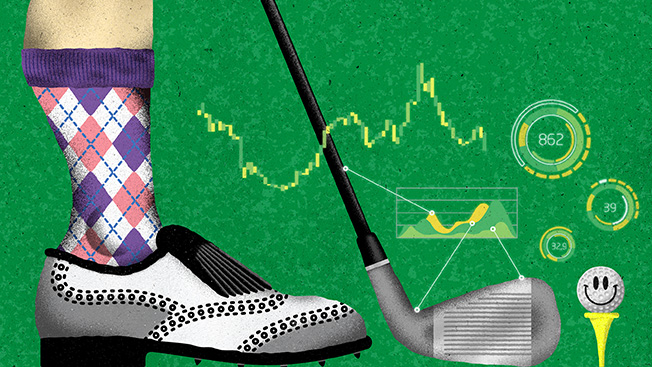In real estate, it’s location, location, location. In today’s advertising industry, it’s data, data, data. At conferences around the world, executives speak in awed tones about their unprecedented access to consumer data points and how that information is helping them target the right customers, purchase the right advertising inventory and measure campaign performance.
What’s often gone overlooked is how data can be used in the creative process to make advertising that surprises and excites consumers. You sometimes hear about a company showing consumers a slightly different banner ad based on their location, weather or household income level. But those are tweaks, not innovations.
With so much information at our fingertips today, brands and agencies have a tremendous opportunity to craft data-informed advertising experiences with real depth. Brands can combine the personalization of digital with the wondrous storytelling we’re used to seeing on television to create authentic experiences that evoke real emotions. It’s about time more of us began taking advantage of this power.
One setting in which data-driven creative can be particularly effective is experiential marketing. At a recent major U.S. golf tournament, Deloitte Digital used data and technology to give VIP attendees a unique interactive experience. “Signature Swing” used motion sensors to track the movement of a guest’s body and golf club as they took a swing—the kind of thing a pro uses to make the small refinements that mean the difference between the green and the rough. The sensor data was then funneled through a visualization program to create a computer-generated abstract artwork depicting the participant’s swing.
The power of data-driven creative is not limited to in-the-flesh experiences or to small-scale activations. For the 2014 football season, creative agency Heat developed a campaign with EA SPORTS to promote the anticipated game release of Madden NFL 15. Alongside their bombastic long-form spot, Madden Season, the digital component to the campaign, The Giferator, served real-time GIFs in social and display ad units that reflected what was happening in real professional games. They won a few major awards for their work too.
Every Sunday during the season, the Giferator would publish a stream of in-game Madden GIFs that were triggered by various plays on the field. For instance, if a groundbreaking interception was made during a real NFL game, fans would see a GIF that showed a video game version of that same player celebrating his success, accompanied by pithy copy. The Giferator was even open to the public with fans creating their own GIFs, memes and videos to share with friends.
All of this required a great deal of sophisticated data science, but the Giferator would not have been successful without the human insight at its core. Football fans are passionate about their favorite teams, and they’re always looking to express themselves. By giving them the tools to do so online, EA SPORTS and Heat were able to build affinity with its audience and spread the Madden brand all over social media.
Too often, people in our industry waste time arguing over whether advertising is an art or a science. The truth is that it’s both.
These examples are just two of the many ways data-driven creative can take your brand to the next level. By working collaboratively, creative and technical professionals can build highly personalized ad experiences that aren’t just powerful—they’re unlike anything consumers have seen before.








